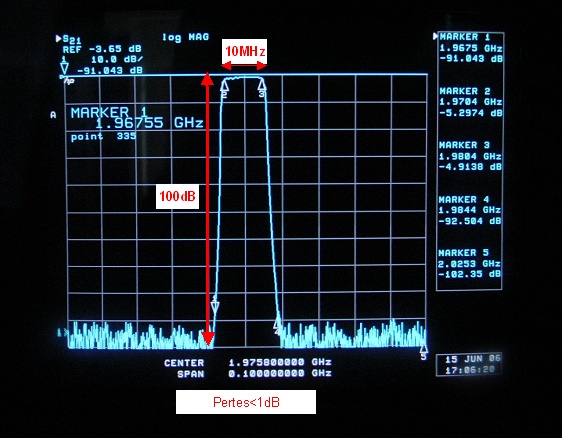


 Although having to reach low temperatures is a disadvantage, the exceptional properties of superconductors enable the conception of high-performance and original electronic circuits. A new kind of electronics based on superconducting materials has developed, using conventional and high-temperature superconductors.
Although having to reach low temperatures is a disadvantage, the exceptional properties of superconductors enable the conception of high-performance and original electronic circuits. A new kind of electronics based on superconducting materials has developed, using conventional and high-temperature superconductors.
These devices are now reliable and are no longer confined to laboratories, since manufacturers have started using them. The highest-performance filters used on relay antennas for cell phones work with superconductors; telecommunications companies are proposed commercial solutions, with a little “fridge” to cool the electronic circuit using electric energy. Other electronic devices enable to protect circuits from high voltage, or to build ultra sensitive magnetic field sensors.
Other aspects of superconducting electronics are now being developed in laboratories, and might one day open to technological revolutions. Josephson junctions might some day replace silicon transistors in our circuits, enabling computers to reach rates of 100 GHz. Superconductivity could even be used to build a quantum computer, enabling massively parallel processing, but for now they only exist on paper.
Superconducting electronics is hence already a reality, even if its use is limited by the temperatures required for it to work.
